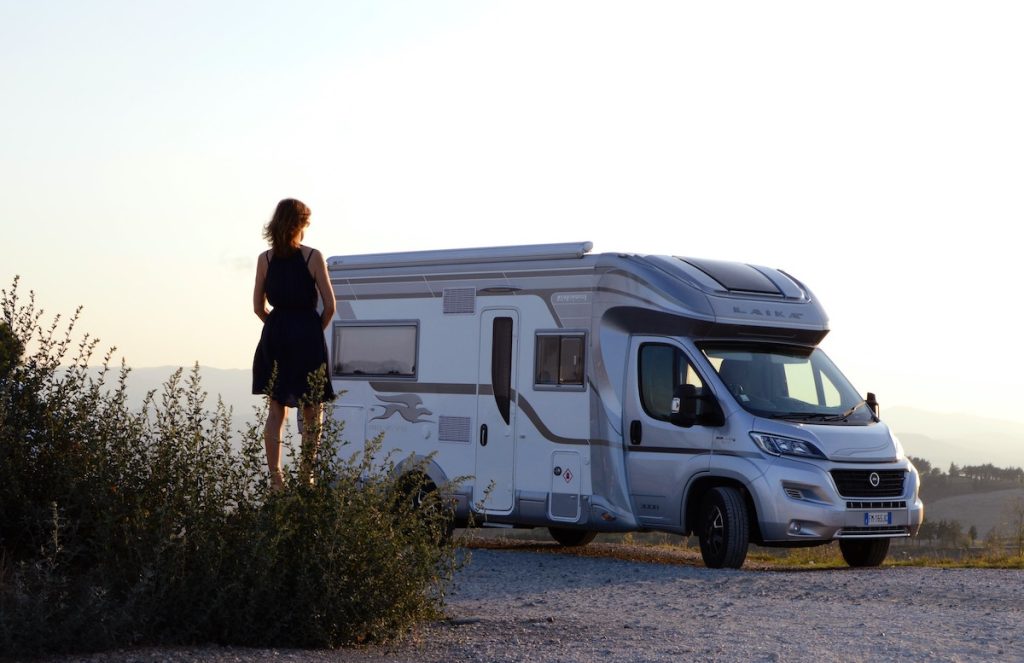If you’re lucky enough to have access to a motorhome, then you might use it the best possible way: by going on an unforgettable road trip. A holiday of this kind will provide scope for spontaneity. No two days on the road need be the same, and the only sure thing is that there will be surprises around every corner!
Ideally, of course, we want these surprises to be pleasant ones. As such, preparation and planning are key. Let’s take a look at what this planning might consist of, starting with the vehicle itself.
Choosing the Right Motorhome
Motorhomes come in several different categories, which reflect the size and shape of the vehicle.
A class-A motorhome is arguably the most luxurious and prestigious of the lot. They offer extra space and facilities, and are suited to longer stretches on the road.
Class-B motorhomes are what you might recognise as a campervan. It’s usually been converted from a panel van. Finally, there’s class C, whose driver’s cabin is much the same as that of a standard van. You might see these called ‘coach-built’ motorhomes.
When assessing your options, you’ll want to bear in mind which sort of vehicles are accepted at most campsites. If you have your eye on something truly enormous, you might struggle to find somewhere to park it. Also, you might need a different kind of license to legally drive it.
Route Planning
A successful road trip depends on drawing up the right route. Pick out a group of locations that you know you’d like to visit, then lay them out on a map. From, there, try to plot a route between them. Sometimes, the road itself can be as appealing as the destination, and so it’s worth also identifying any scenic routes that you want to enjoy along the way.
While modern GPS systems have a lot to offer, it’s often very useful to carry a physical map with you, too. Paper maps never run out of signal, or battery!
Safety Tips
Before you get started, it’s vital that your vehicle is in good condition. You don’t want to find out that there’s a problem while you’re midway through the road trip. Check all of your fluid levels, and inflate your tyres. Make sure that your lights are all working, and that you have all of your driving-related documents to hand, including your motorhome insurance, in the glove compartment.
Safe driving practices
If you’re not used to driving a motorhome, then you might find the larger vehicle a little bit cumbersome. Adjust your driving style accordingly, and try to go for a few practice trips before you set out. That way, you’ll build the confidence you need to really enjoy the trip.
Campsite safety
Of course, it’s also important to choose a safe place to set up camp. Vet every stop thoroughly, and choose only reputable locations.
Packing Essentials
There are a few pieces of kit that no motorhome should be without. Plates, knives, forks and cooking utensils are all essential, as is a steady supply of toilet and kitchen roll. Make sure that you’ve packed your clothes efficiently, and that your wardrobe is varied enough to deal with a range of weather conditions.
Make sure also that you take a fire extinguisher, a toolbox, and a first-aid kit. Ideally, you won’t need any of them. But if you do, then you’ll be glad to have them.





